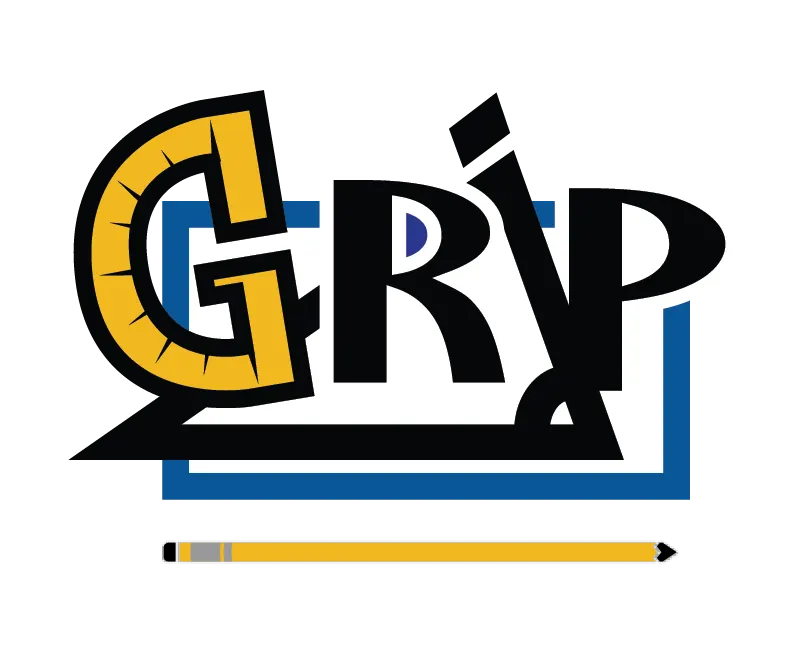Most mathematics departments in universities that prepare secondary mathematics teachers offer a geometry class for teachers (GeT class, hereafter). However, there is a high degree of variability in the curriculum and instruction of these courses. In order to advance a shared understanding of what should be in a GeT course, a set of commonly-defined student learning outcomes (GeT SLOs) have been developed within an ongoing professional learning community called GeT: A Pencil—an open and growing community of about 40 plus GeT instructors gathered to work collectively in the pursuit of improving the geometric preparation of high school mathematics teachers. Recently, the Get: A Pencil community released a first public draft of the GeT SLOs and is currently soliciting feedback (https://getapencil.org/student-learning-objectives/).
In order to publicize these SLOs, make them available to the larger mathematical community, and encourage further discussion about what a GeT course can and should be, we are soliciting chapter proposals for a forthcoming edited volume entitled The GeT course: Resources and Objectives for the Geometry Courses for Teachers. The edited volume will ultimately be considered for publication in the MAA Notes Series. The primary objective of this volume is to provide undergraduate instructors with ideas and resources to inform their design and development of GeT instruction, organized around the SLOs.
We invite submissions on any topic relating to the GeT course and organized around the SLOs. Possible topics could include:
- Reflections on, elaborations of, or reactions to one or more SLOs.
- Examples of course designs and/or activities that address the SLOs in particularly novel or effective ways.
- Ways to assess the SLOs.
- Ideas for further work about the SLOs.
We envision the volume serving as an outlet for instructors to share instructional and We envision the volume serving as an outlet for instructors to share instructional and assessment resources that can be used to further illustrate and support the implementation of one or more of the SLOs within a GeT course. We also anticipate this volume will serve as an important outlet for individuals interested in sharing perspectives about the SLOs. Such perspectives can help shape future revisions of the SLOs as well as inform future collaborations around other undergraduate courses for teachers. Finally, we anticipate the volume serving to both elevate awareness amongst GeT instructors about the ongoing work, as well as identify the work ahead. Our hope is that, collectively, the contributions will help shape future revisions of the SLOs and contribute to the growing set of instructional artifacts that can help document the growing knowledge base for teaching the GeT course.
